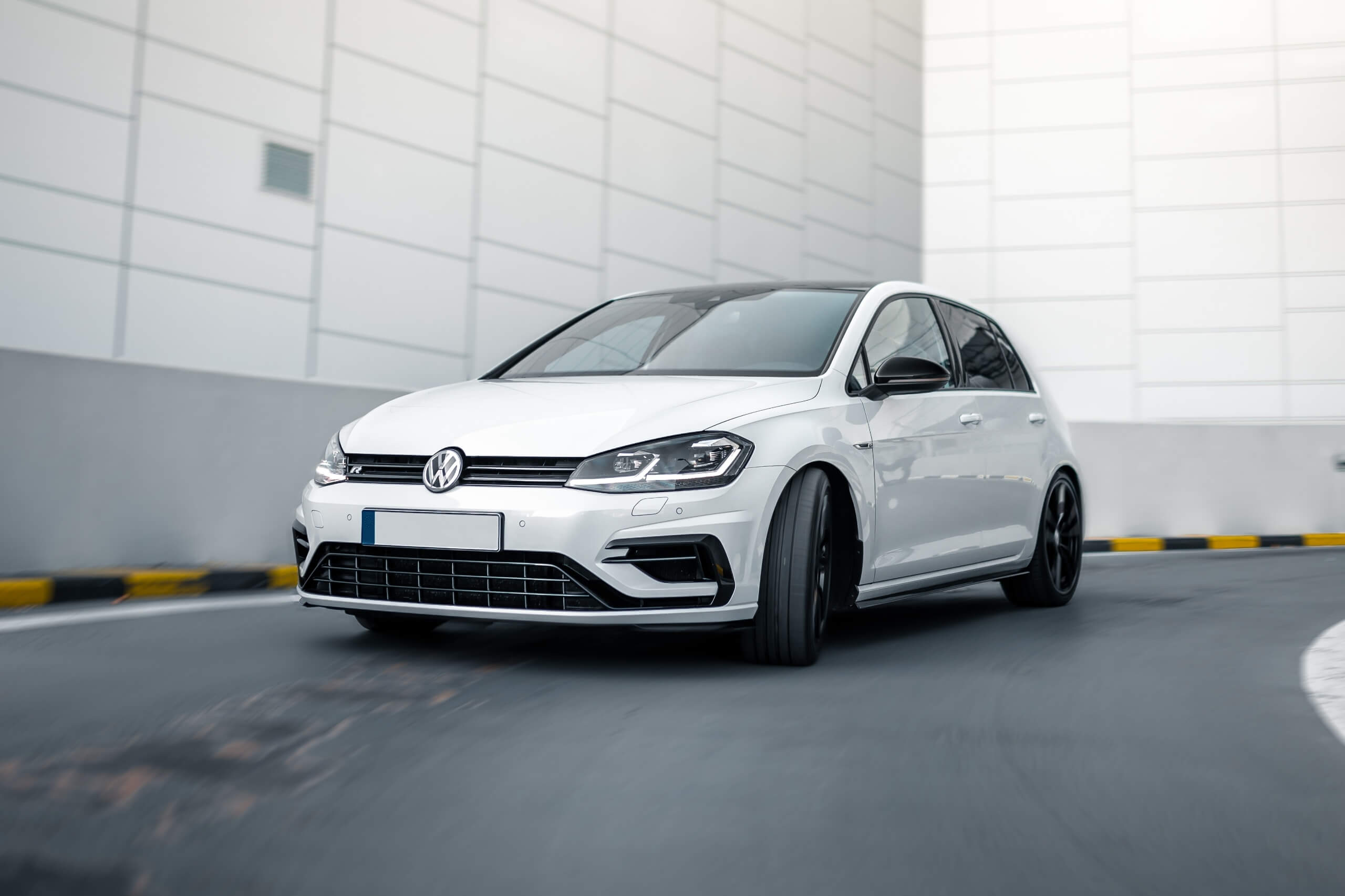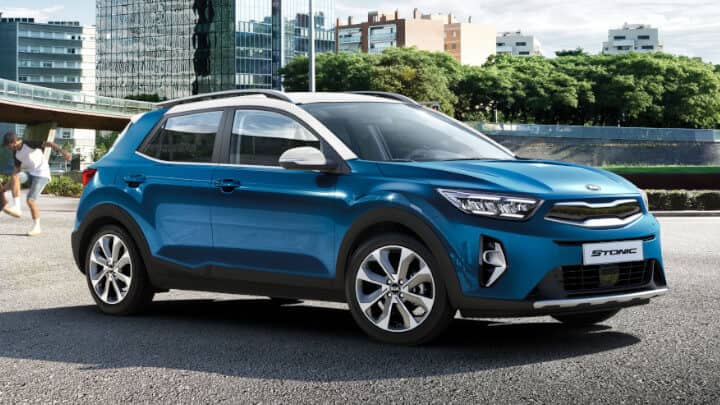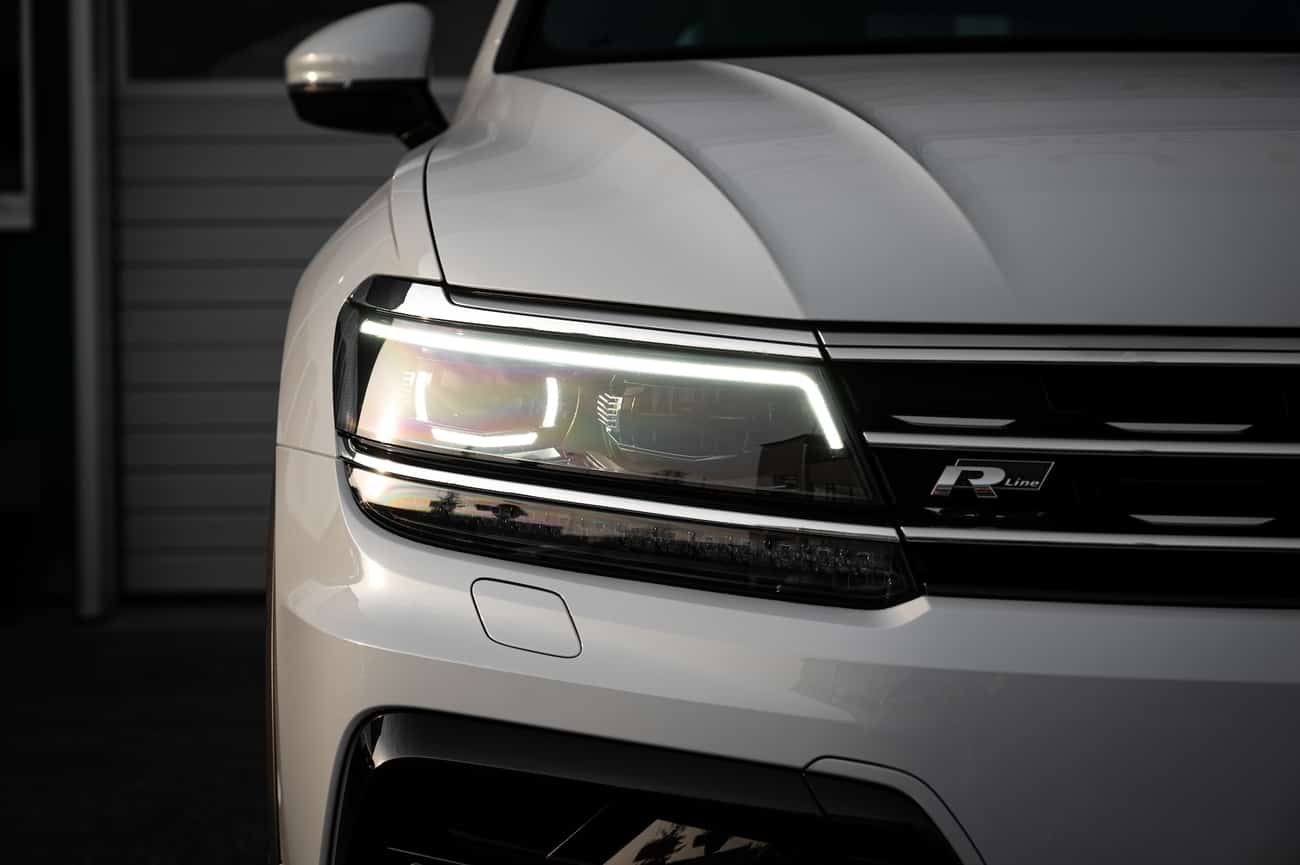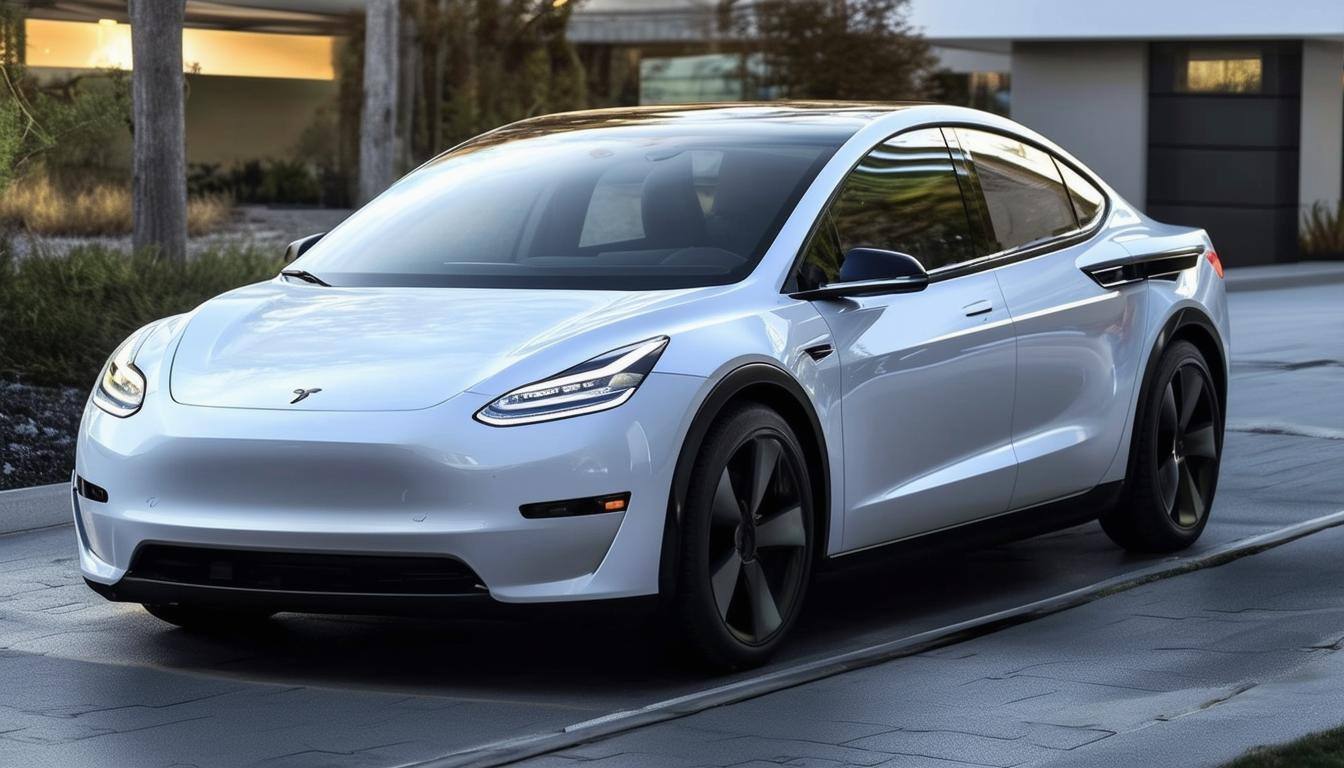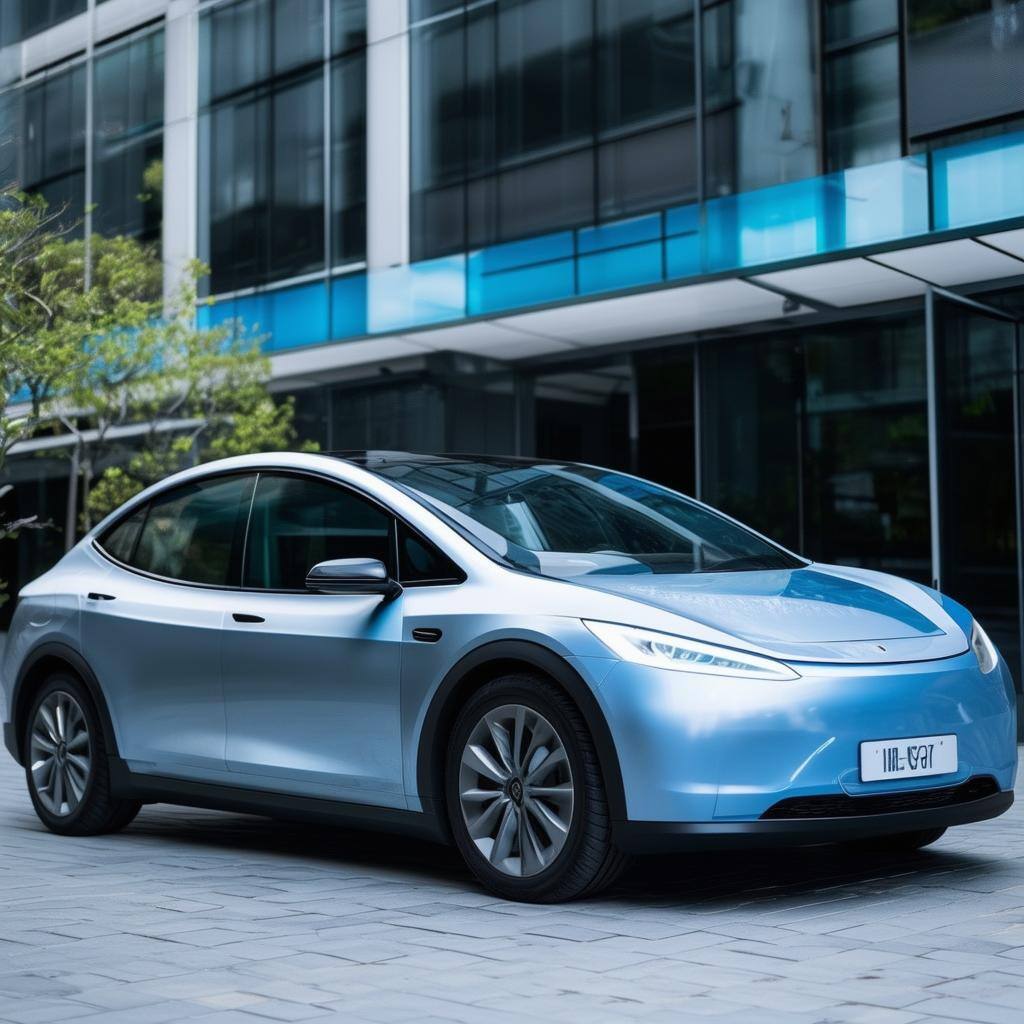In this guide, we will walk you through the process of swapping or exchanging your...

What to Expect from the 26th UN Climate Change Conference
The UK will host the 26th UN Climate Change Conference of the Parties (COP26) in Glasgow on 31 October – 12 November 2021. The COP26 summit will bring parties together to accelerate action towards the goals of the Paris Agreement and the UN Framework Convention on Climate Change.
There, countries will be expected to bring forward ambitious plans to help achieve net zero by the middle of the century, and with road transport said to account for 10% of all global emissions, a key part of those plans will focus on the transition towards zero-emission vehicles.
For most people, that means a switch to an electric car, a transition nearly 260,000 people have made already, as of the end of May 2021. While a full-on battery electric vehicle (BEV) might be a step too far for some, plug-in hybrids (PHEVs) offer the welcome reassurance of a conventional combustion engine to take over when the battery is depleted. For those who regularly do longer journeys, they open up the possibility of electric-only driving in urban environments leaving the conventional engine to take the strain on a longer run, and so far more than 280,000 PHEVs have found buyers across the UK.
Those numbers are only increasing, and in 2020 more people purchased an alternatively-fuelled car than bought a diesel one, following an 87% uplift from the year before.
Technology improvements promise to broaden the appeal of BEVs to suit a wider audience, and with developments such as solid-state batteries, EVs are set to become more appealing to the die-hard petrol head.
Solid-state batteries improve safety, size, and stability, solid-state batteries in EVs would also offer faster charging times, more travel range, and even greater energy density. Solid-state batteries can reach an 80-percent charge within 15 minutes and let the battery last longer after years of charging the same battery.
Battery power isn’t the only show in town.
The government’s recently unveiled Hydrogen Strategy confirmed its importance to the pursuit of net-zero carbon emissions. Hydrogen fuel cells provide a solution to the challenges posed by heavy batteries and long recharge times thanks to their ease of refueling and relative compactness, and that makes them particularly attractive to commercial fleets for use in heavy goods vehicles. They replace the battery with a device that generates electricity from hydrogen in an electromechanical reaction, the only by-product of which is water. With the hydrogen stored in a high-pressure tank that’s literally bullet-proof, they can be refuelled and back out on the road again in minutes.
Others, meanwhile, have been working on using hydrogen as a combustion fuel. By adapting traditional piston engines to run on hydrogen, the experience gained by the industry over the last hundred years can be used to deliver zero CO2 emissions now.
These innovations are all promising in their own ways, and it’s likely each will find a niche where their strengths can best be utilised. But they all share one thing in common: they’re largely applicable only to new vehicles.
What do we do about the millions of cars, vans, trucks and motorcycles that are out there on our roads today?
The recent roll-out of E10 ethanol-blended petrol is one attempt at reducing our vehicles’ carbon footprint, the theory being that at least some of the carbon dioxide produced by the engine in its use is offset by that absorbed during its production. However, alongside concerns about its reduction in fuel economy and the long-term effects on our cars’ fuel systems are worries that its deployment may have an inflationary impact on food prices.
Synthetic or e-fuels offer the opportunity to use the established refuelling infrastructure to power existing vehicles in a CO2-neutral way, particularly if the energy used in their production is generated from low-carbon sources. Different formulations allow the replacement of not just petrol and diesel, but also domestic heating oil and even the fuels used in aviation, agriculture, and shipping. Synthetic fuels side-step the corrosive issues of ethanol and are safe for use in a much wider range of vehicles than E10, but due to the way they are made they also present an interesting opportunity to act as an energy carrier, storing energy generated by sustainable means such as wind farms during periods of low demand or low winds that would otherwise be wasted.
Some may feel brave enough to convert their existing car to run on an alternative fuel. LPG – made from what was originally a waste product of the oil industry – enjoyed a brief moment in the limelight but has since faded from the government’s thinking. Other dual-fuel systems such as hydrogen injected into the combustion stream as a way of partially displacing fossil fuels are currently helping several local authorities to reduce the tailpipe emissions of their refuse trucks, for example.
What does this mean for you?
These environmental conferences are a great chance for our leaders and media to ignite the debate around where we're all going to create a brighter and safer future for our children, although the goals seems a long way to go, we have to celebrate our successes to this point, like renewable energy, and now even hydrogen power.
Whatever our leaders decide in Glasgow, it’s likely all will find a part to play in reducing our environmental impact.
Learn how you can make the switch to an electric car subscription, click here!
Discover more helpful information from our blog.
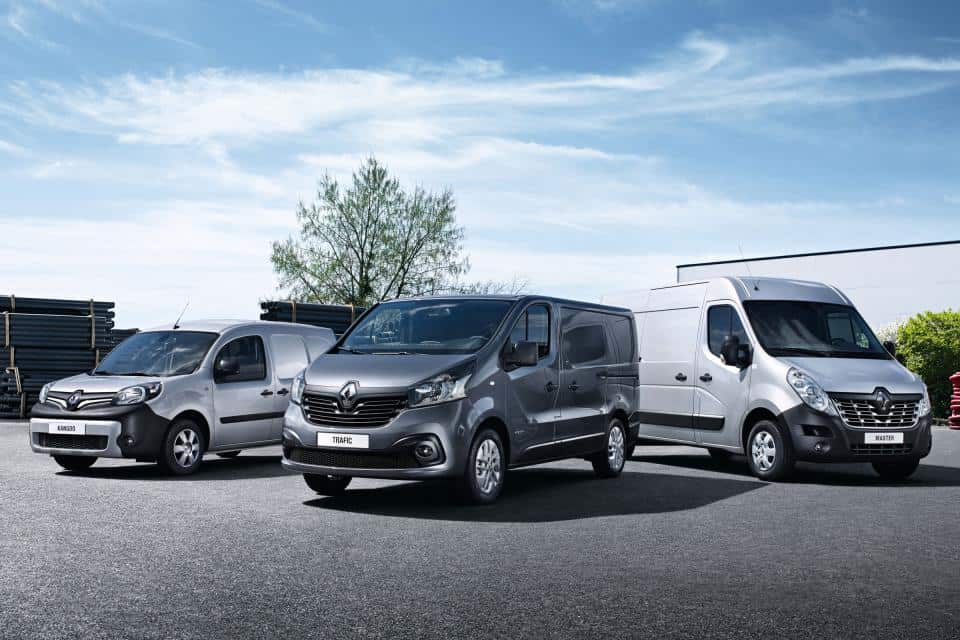
Peugeot 3008 Review | A Comprehensive Car Review by Wagonex
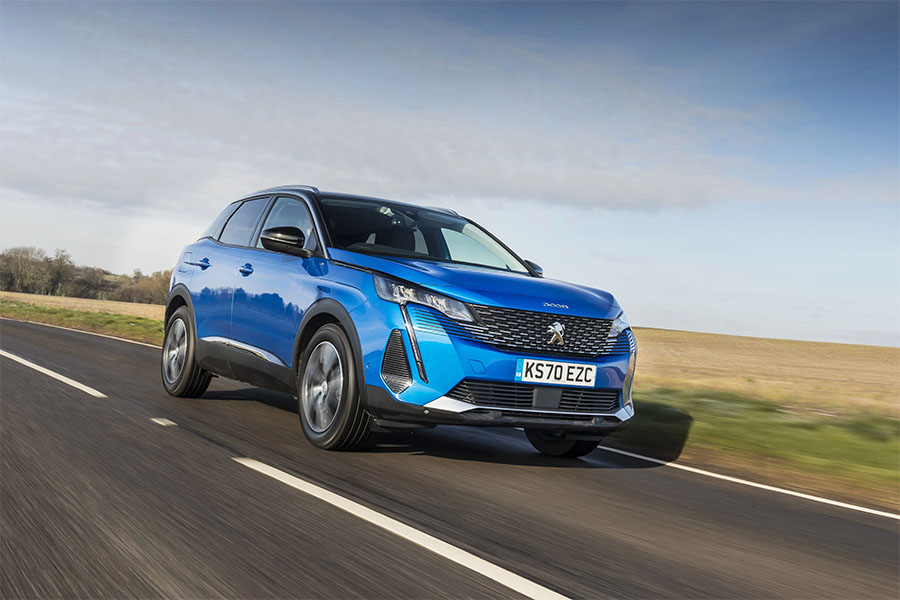
.png?width=552&height=107&name=Image%202%20(2).png)
